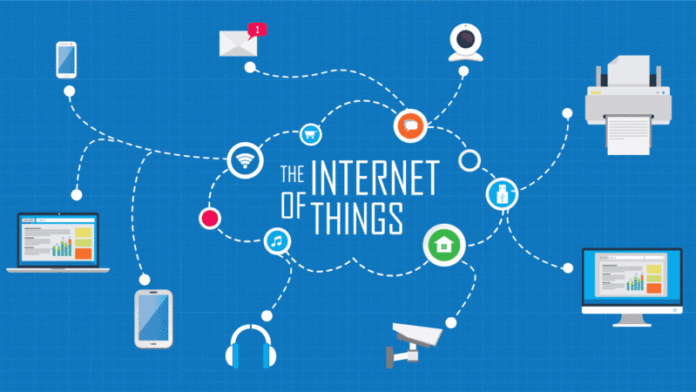Adoption of the Internet of Things (IoT) which is a major tool to automate data collection and generate insights, is still at an infant stage in India due to various challenges such as lack of clarity on what to prioritize and the right ability and skills.
Connectivity, compatibility, interoperability, and cybersecurity are the major threats that are restricting Internet of Things adoption in India. Companies should consider investing in technologies such as the Internet of Things during the recession and be ready to operate. studies have shown that companies that invest in key technological advances during recessions such as the one the world is facing due to the Covid-19 pandemic are better positioned to leapfrog competitors when economic conditions rise.
IoT, Artificial Intelligence, Cloud, and big data are the major four technologies that could provide the bedrock to connect organizations, generate data, and provide more intelligent services. A recent IoT industry spending report disclosed that Asia/Pacific accounted for most of the spending on the Internet of Things in 2019, with India spending $20.6 billion.
Recent studies suggest that people are more likely to invest in the future if they are presented with fewer, investment options. As capital investment is being fought over by multiple use cases, adopters of the Internet of Things are companies that have typically followed a KPI-driven digital strategy to identify and track key IoT use scenarios.
IoT needs a good ecosystem of vendors and service providers. Connections between devices and system is really a challenge for facilitators. Interoperability between systems is a major reason that leads to the failure of implementation of IoT in India. Traditional cybersecurity protection solutions have focused on securing the Internet of Things network and cloud infrastructure. Endpoint and OTA vulnerabilities are frequently checked.
Endpoint devices need to be thoroughly tested and kept updated for threat and attack definitions. Due to the COVID-19 pandemic outbreak and the subsequent supply chain disruptions, the same set of challenges have resurfaced with a greater emphasis on the business case and ROI justification. A new set of challenges have been added to this list in a post-COVID-19 scenario.

